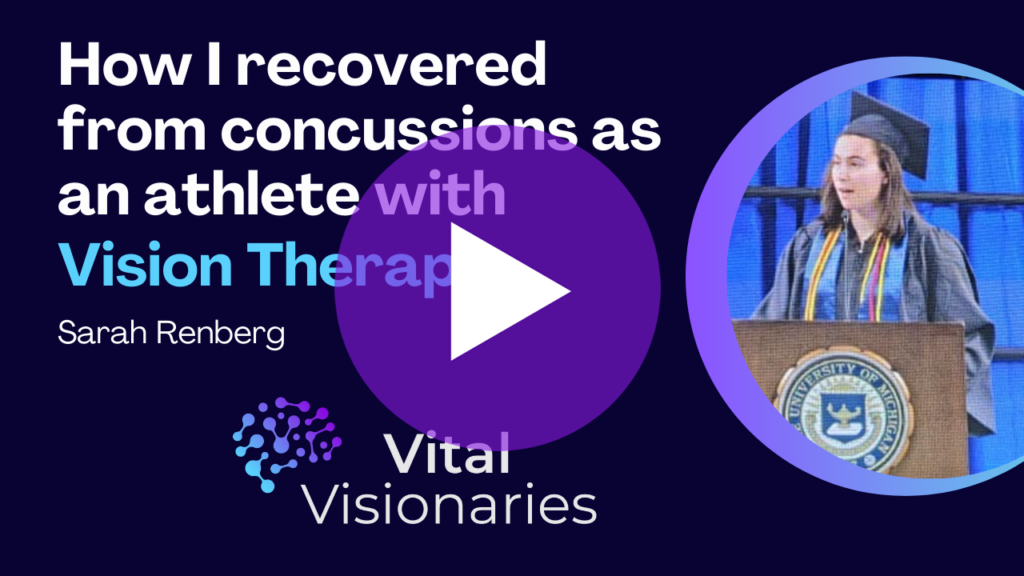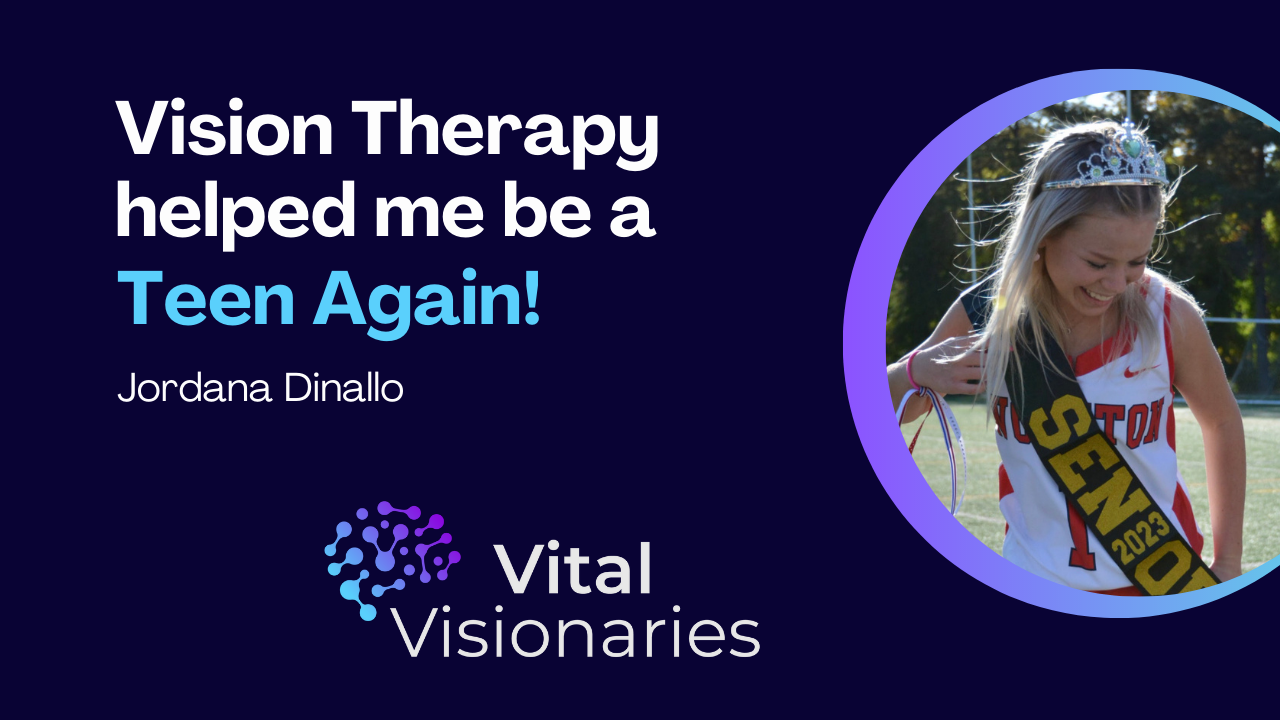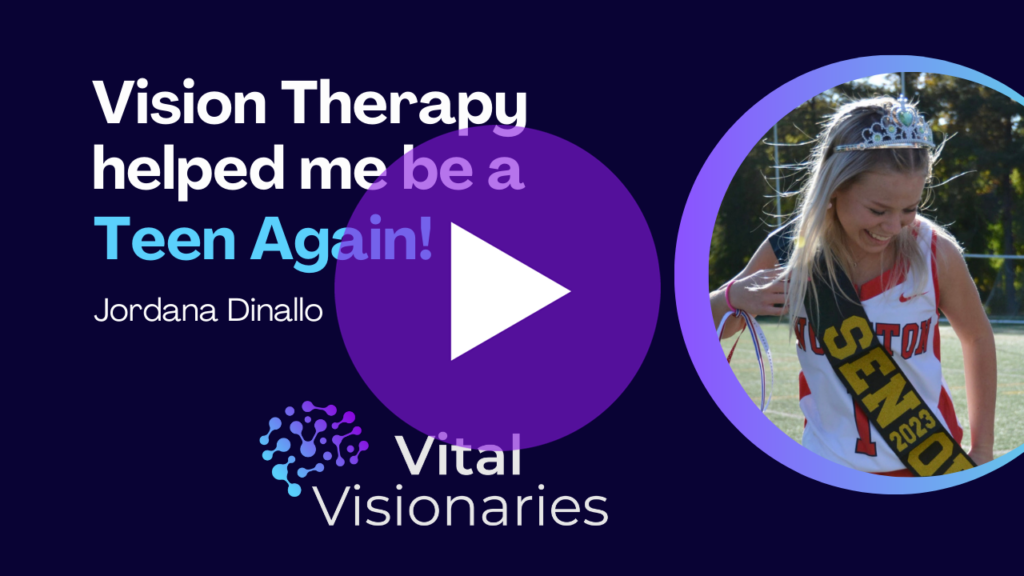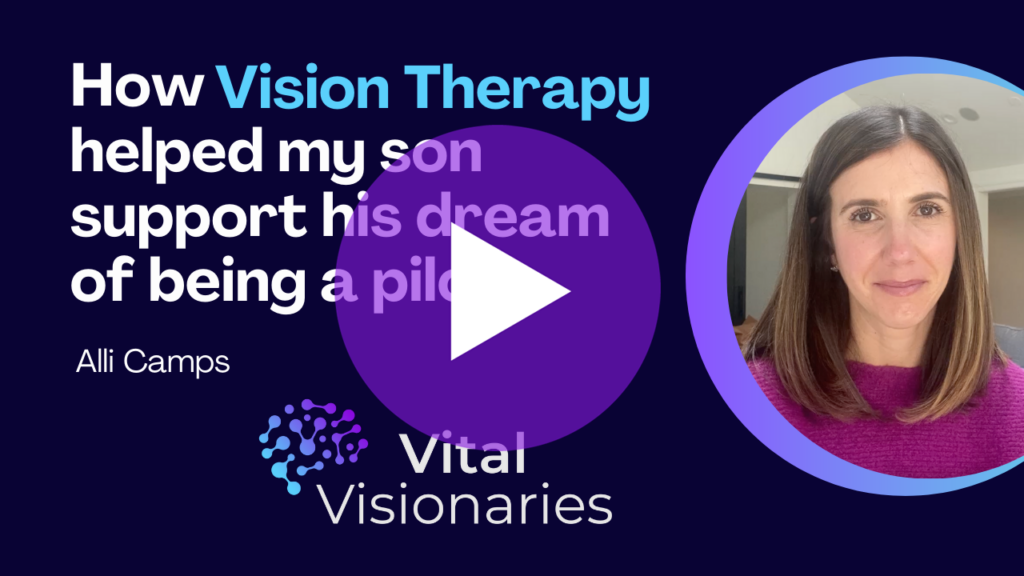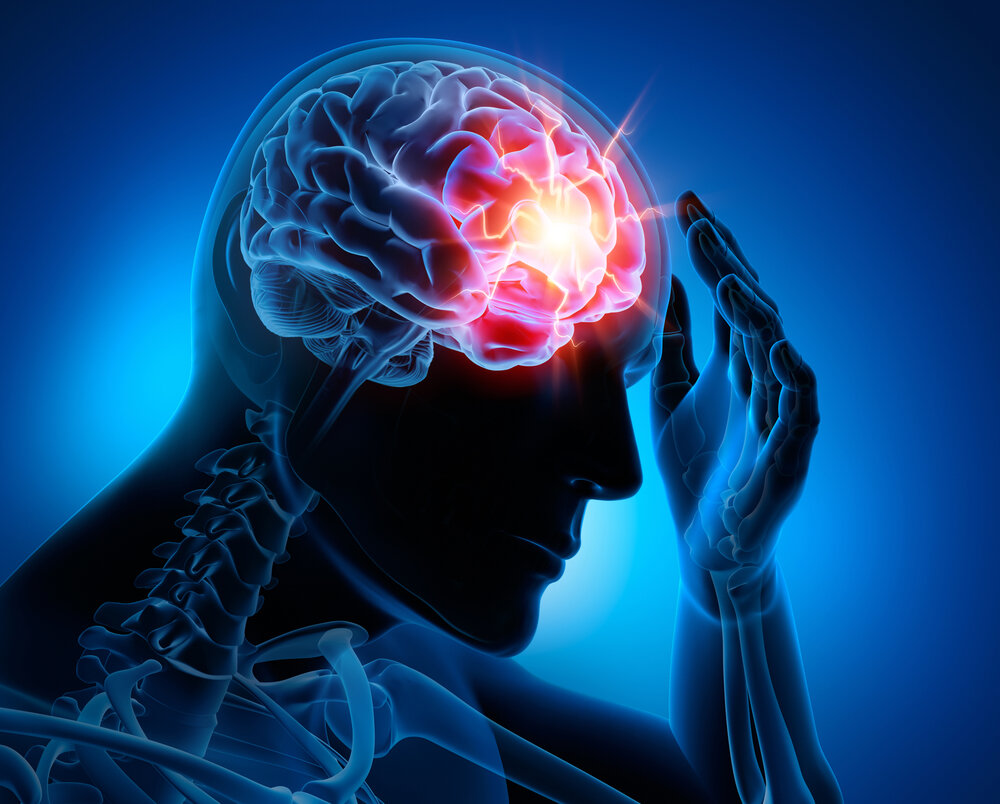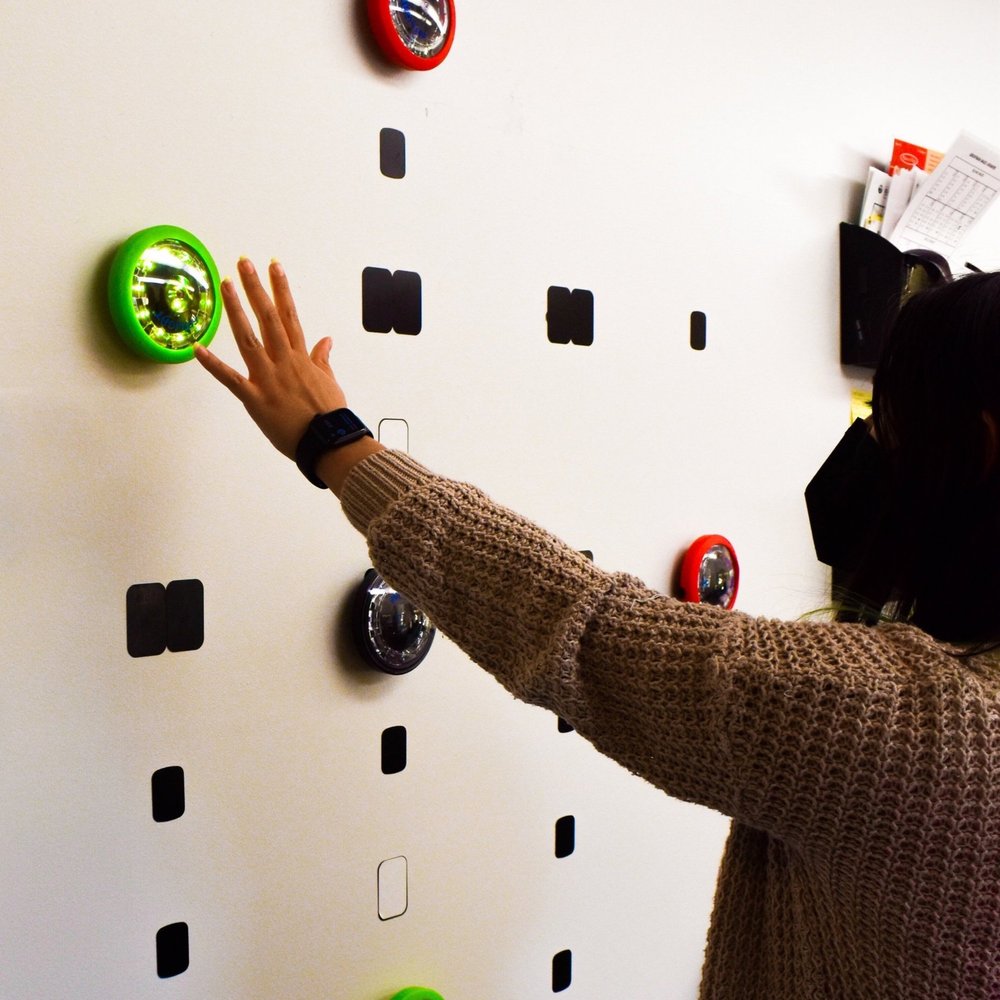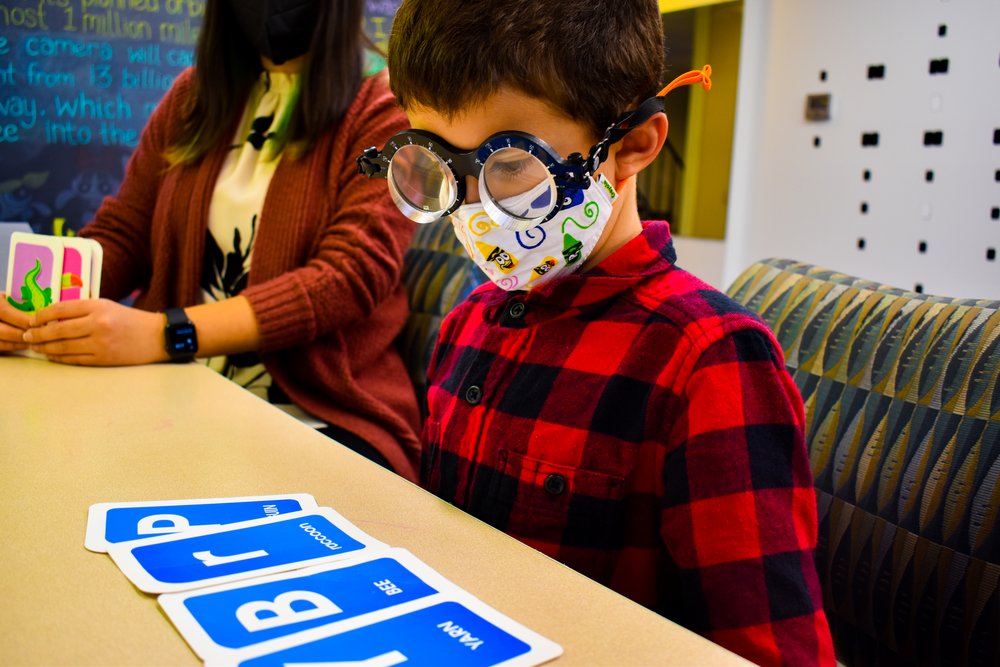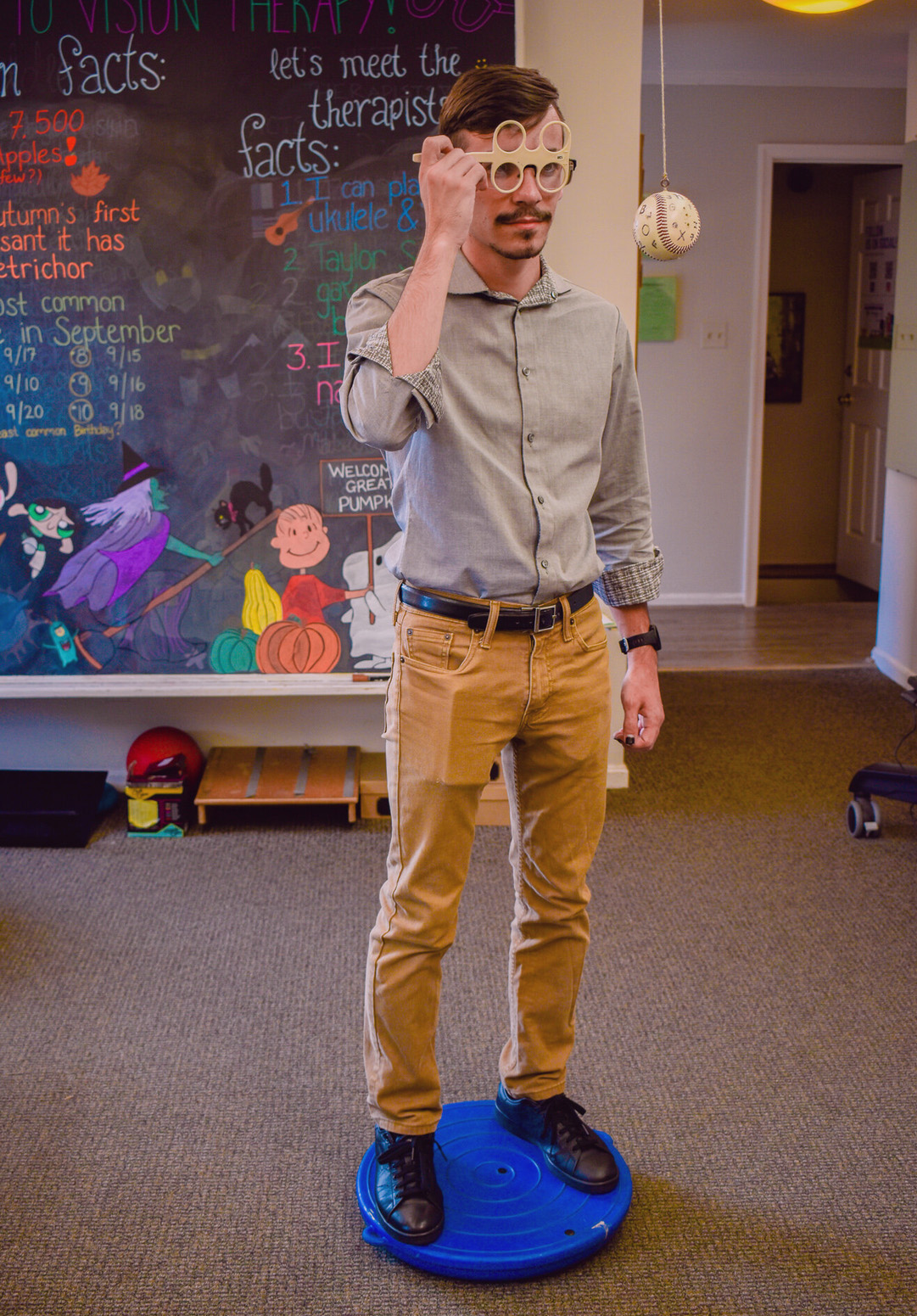Strabismus & Amblyopia
Vision therapy reprograms the software in the brain to change how we use vision
The human visual system is designed so that the eyes and the reciprocating muscles work together with such a high degree of precision that the two eyes perform as if they were one. If this coordination is erratic or inefficient, eyesight can be clear at the times but blurred or even double at others. The effort to prevent such blurred or double vision can cause premature fatigue or loss of attention and comprehension during reading, desk, or computer work.
Certain types of eye teaming problems can reduce depth perception for driving and sports and even affect balance and coordination. In extreme cases, poor eye muscle coordination can even cause crossed or lazy eyes and reduced vision in one eye.
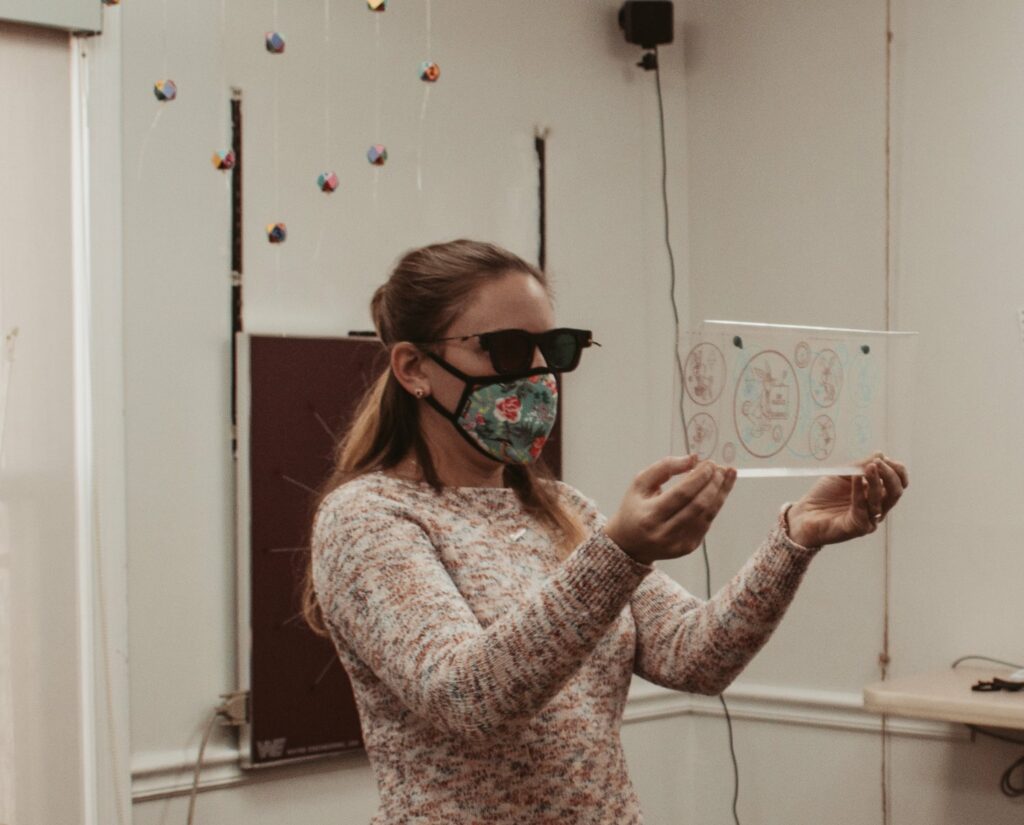

Watch the latest cutting edge and advanced treatment for lazy eye (Amblyopia).
Amblyopia
It is never too late to treat a lazy eye.
Amblyopia or “lazy eye” is a condition where someone is unable to see the smallest 20/20 letters on the eye chart even with glasses or contacts, as a result of an underlying vision problem. The most common causes are either from an imbalance in refractive power between the eyes or from a constant eye turn or strabismus where the deviated eye is misaligned. Traditionally patching has been used to treat amblyopia, but now studies have shown that combining vision therapy with active patching is more effective.
There is a patchless Advanced Treatment for Amblyopia (Lazy Eye) that is evidence-based and proven effective for nearly all ages.
Strabismus
Vision Therapy trains the brain to function correctly.
Strabismus or “crossed eye” is a condition where one or both eyes turn either up, down, inward, or outward and the person is unable to align both eyes simultaneously as they do not work together as a team. Ophthalmologists will often recommend surgery to either shorten or lengthen the eye muscles as a cosmetic cure.
In most instances, however, the problem still exists because the strabismus is a result of a functional problem where the brain has not developed the ability to control the eyes working together. In many cases, vision therapy offers a functional cure by training the brain to allow the eyes to work as a team.
3D Vision-Stereopsis
Stereopsis (3D Vision) is the sensation of depth attained from the successful merging of the two slightly different pictures seen in each eye into one 3-dimensional image. More simply put, in order to see in 3D both eyes must be working together simultaneously as a coordinated team. Anyone who is having a less than ideal experience viewing 3D movies, likely has some sort of vision problem.
Common symptoms include headaches, dizziness, motion sickness, eyestrain, visual fatigue, or overall avoidance of this heightened form of visual stimulation. If you or someone you know experiences any of these frustrations contact a developmental optometrist who can screen for vision dysfunction.
Problems with 3D viewing likely indicates a vision problem.
Susan R. Barry, Professor of Biological Sciences at Mount Holyoke College, South Hadley, Massachusetts talks about “Fixing My Gaze.“
You CAN teach an old brain new tricks!
There is a common misconception that the critical period for vision development ends at age 8. This is FALSE! Evidence based medicine now confirms that there indeed is neuroplasticity well beyond the childhood years and, in fact, at any age we can treat strabismus and amblyopia and thus improve depth perception.
Just ask professor of neurobiology at Mount Holyoke College, Susan R. Barry, Ph.D., who is living proof that you can develop stereopsis as an adult. “Stereo Sue” has authored countless articles, been featured in numerous publications, interviews, and videos, and authored the groundbreaking book Fixing My Gaze.
Book An Evaluation
Contact us now to learn how you can book a vision evaluation and get started on your journey towards optimal vision.


